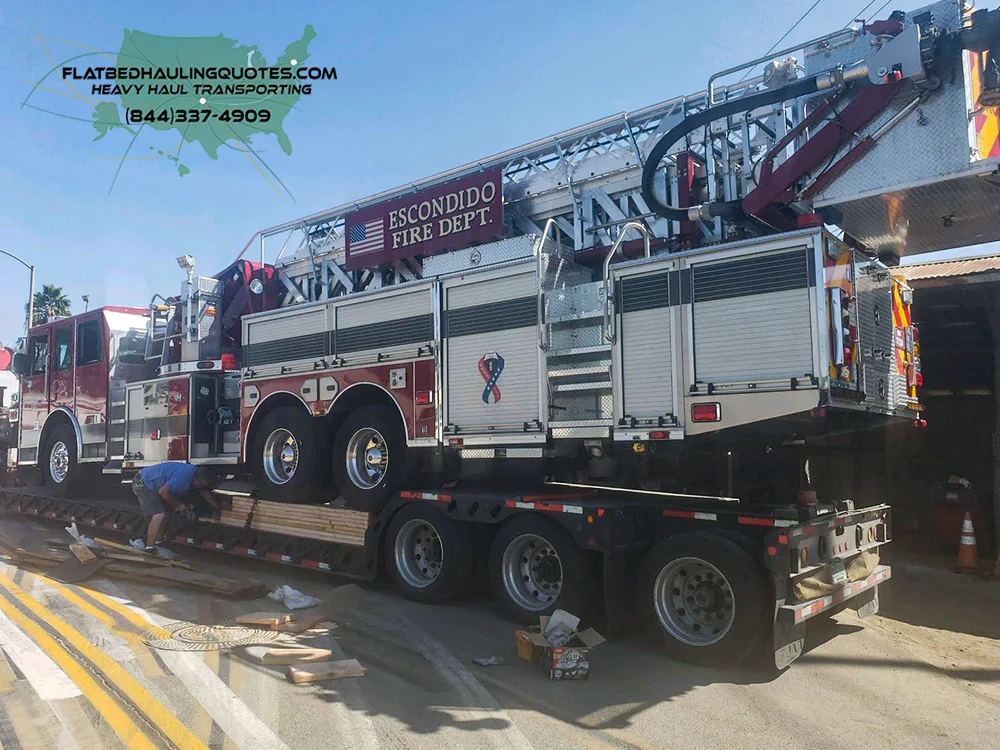Transporting heavy machinery isn’t just about moving equipment from one point to another—it’s a complex process requiring meticulous planning, careful execution, and adherence to numerous safety regulations. Transportation mishaps can lead to costly delays, damage to equipment, and, worst-case scenario, endangering lives. In this comprehensive guide, we’ll cover everything construction companies, logistics professionals, and heavy equipment operators need to know about transporting heavy machinery, ensuring a smooth and secure journey every time.

